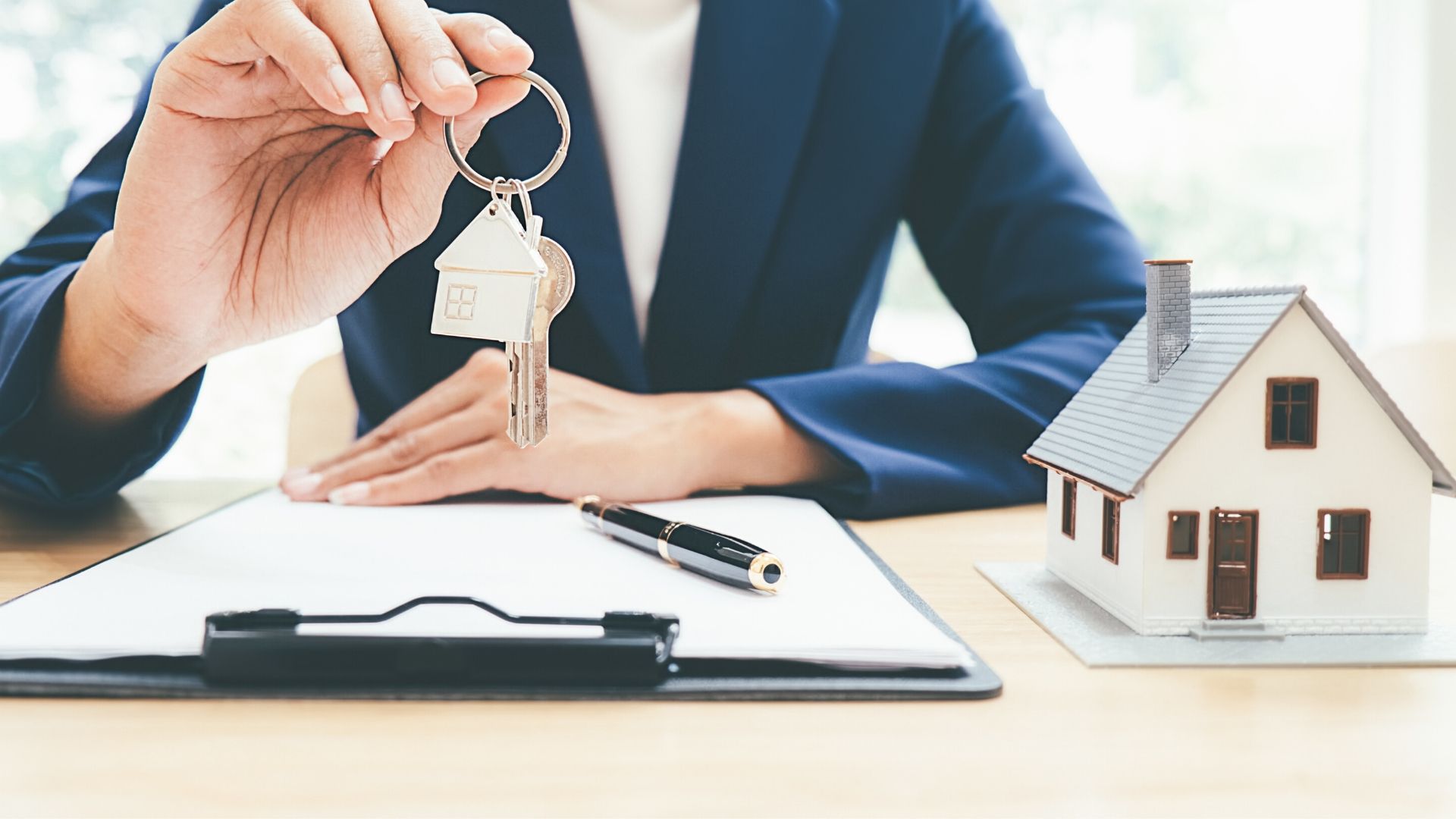
Restoring vintage properties can be a rewarding endeavor, but it requires careful planning, attention to detail, and a systematic approach to ensure success. Here are the key steps in restoring vintage properties in real estate:
- Assessment and Planning:
- Conduct a thorough assessment of the property's condition, including structural integrity, foundation, roofing, plumbing, electrical systems, and overall deterioration.
- Develop a comprehensive restoration plan outlining the scope of work, budget, timeline, and desired outcomes.
- Prioritize restoration tasks based on urgency, feasibility, and budget constraints.
- Research and Preservation:
- Research the history and architectural style of the property to understand its significance and unique features.
- Identify any historical or cultural preservation requirements or restrictions that may apply to the property.
- Consult with preservation experts, historians, and architects to ensure that restoration efforts align with best practices and preservation standards.
- Obtain Necessary Permits and Approvals:
- Obtain any required permits and approvals from local authorities, historic preservation boards, or zoning committees before commencing restoration work.
- Ensure compliance with building codes, zoning regulations, and preservation guidelines to avoid delays or fines during the restoration process.
- Structural Repairs and Stabilization:
- Address any structural deficiencies or safety hazards by repairing or reinforcing the foundation, walls, floors, and roof.
- Hire qualified contractors, engineers, or structural specialists to assess and address structural issues effectively.
- Stabilize the building to prevent further deterioration and ensure a solid foundation for subsequent restoration work.
- Historical Restoration and Preservation:
- Preserve and restore original architectural features, such as moldings, trim, windows, doors, and decorative elements, whenever possible.
- Use historically accurate materials and construction techniques to maintain the authenticity and integrity of the property.
- Repair or replicate damaged or missing historical elements to recreate the property's original character and charm.
- Mechanical and Electrical Upgrades:
- Upgrade mechanical, plumbing, and electrical systems to meet modern safety and efficiency standards while preserving the property's historic character.
- Replace outdated or unsafe systems with energy-efficient alternatives that blend seamlessly with the property's design aesthetic.
- Work with licensed contractors and specialists to ensure compliance with building codes and regulations.
- Interior Renovation and Finishes:
- Renovate interior spaces to enhance functionality, comfort, and livability while respecting the property's historical significance.
- Choose finishes, fixtures, and materials that complement the property's architectural style and period charm.
- Balance modern amenities and conveniences with vintage aesthetics to create a harmonious blend of old and new.
- Landscaping and Exterior Improvements:
- Enhance curb appeal and outdoor spaces with landscaping, hardscaping, and exterior improvements that complement the property's architecture and surroundings.
- Restore or replicate historic landscape features, such as gardens, pathways, fences, and outdoor structures, to enhance the property's overall appeal.
- Quality Control and Inspections:
- Conduct regular quality control inspections throughout the restoration process to ensure that work meets established standards and specifications.
- Address any issues or deficiencies promptly to maintain progress and avoid costly rework or delays.
- Obtain final inspections and approvals from relevant authorities to certify that the restored property meets all regulatory requirements and safety standards.
- Documentation and Preservation Planning:
- Document the restoration process through photographs, drawings, reports, and other records to create a historical record of the property's transformation.
- Develop a long-term preservation plan to maintain and protect the restored property for future generations, including ongoing maintenance, monitoring, and periodic inspections.

By following these steps and working with experienced professionals, investors and homeowners can successfully restore vintage properties while preserving their historical significance and cultural heritage for years to come.